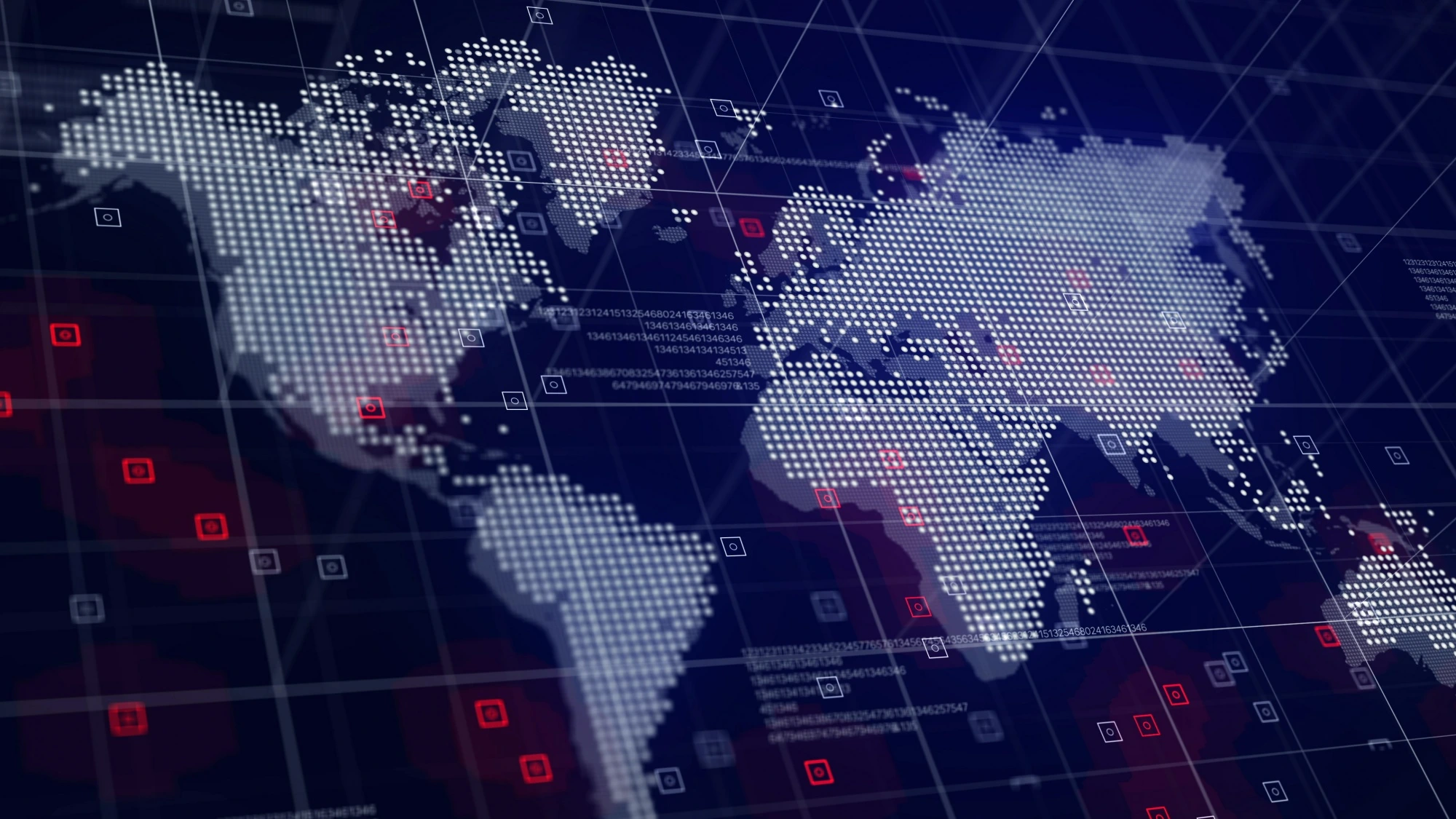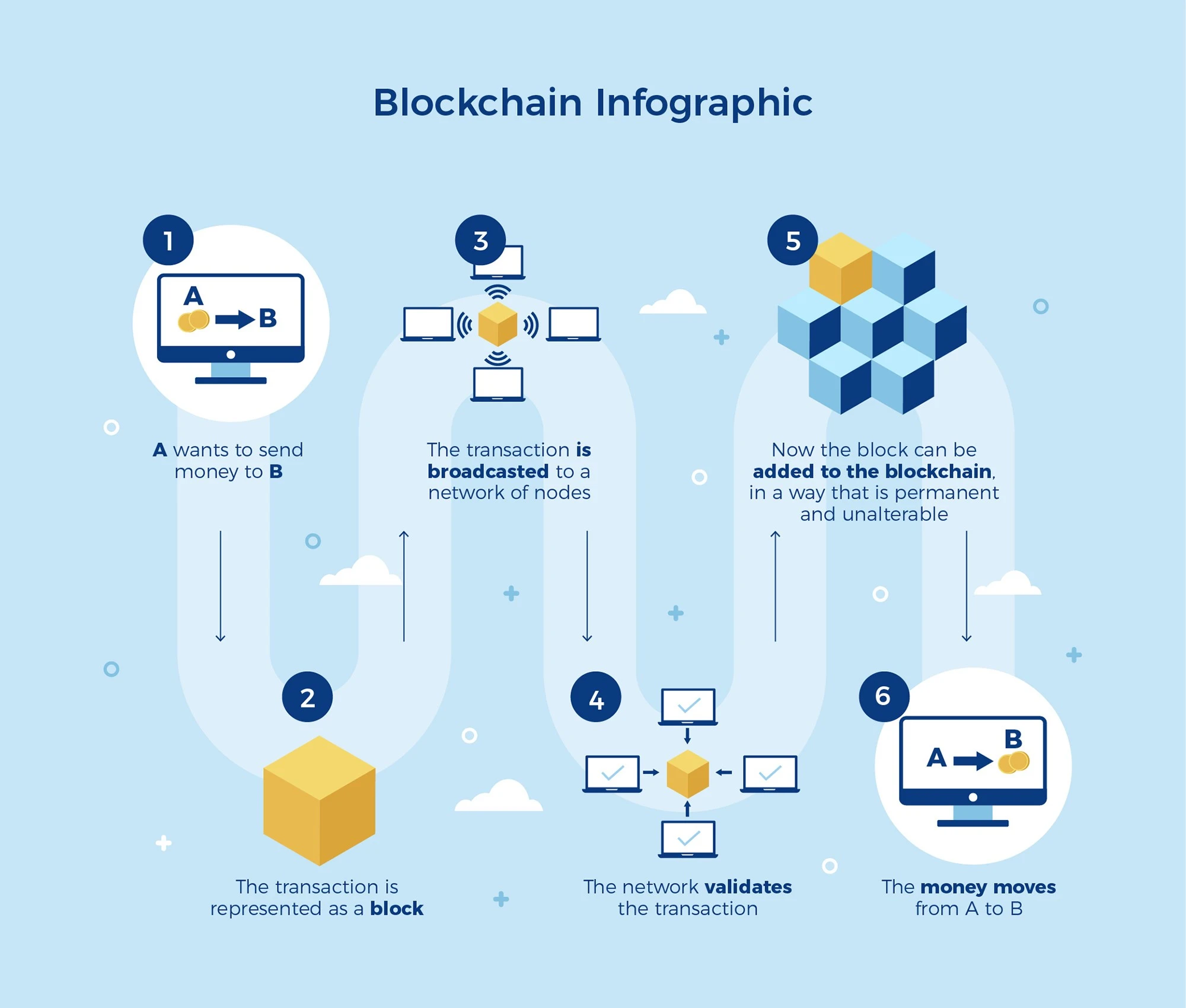How blockchain may revolutionise global supply chains

Blockchain has been used to create currency, let's think wider!
The word ‘blockchain’ is thrown around frequently in the world of tech and finance , as a sort of buzzword which sparks both confusion and controversy. From Bitcoin to Digital Identities, and Central Banking to Healthcare, the core computational tactic which underpins a large proportion of global operations has become nothing more than a word to drop into conversations to boast your extensive vocabulary.
In its simplest terms, blockchain is a method of storing transactions securely by both the use of cryptography, and the peer-to-peer validating system. Blockchain is able to reject invalid data by comparing those transactions to the transactional history of all the other users on the network. Therefore, by only accepting data after rigorous and methodical validation, the network is able to link together blocks of discrete, validated data into a chain encompassing a highly accurate history of all transactions between entities on the server. Hence, we get blockchain!

The immediate expectation of ‘validation of transactions’ is for its use within the financial sector; and we certainly have seen plenty, notably: Bitcoin, Ethereum, and the CBCD (Central Bank Digital Currencies). However transactions of data between entities is not limited to money but rather a whole variety of different forms of data including product data.
Walmart’s safety manager, Frank Yiannas, found a way to quickly track down and identify the source of salmonella outbreaks in food sold at Walmart stores, by implementing a blockchain system. By following the chain, block by block, they were able to reduce the tracing time for mangoes from 6 days, 18 hours, and 26 minutes, to just 2 seconds.
Blockchain has also been used for validating products prior to transport. The International Chamber of Commerce is piloting blockchain-based certificates of origin, allowing the trace of goods across a supply chain. The verification system coupled with cryptography, allows for the safety of goods being transported across borders by storing all the different passports on one decentralised network. Users can scan a QR code linked to a blockchain address to verify the product’s authenticity. Blockchain is able to connect all parties in the trade ecosystem and enable them to interact efficiently while accessing real-time shipping data through the public ledger.
Another issue faced by Global Supply Chains currently is the proof of authenticity of luxury goods. Luxury brands are continuously facing the issue of battling counterfeits. Counterfeit goods in the EU luxury market accounted for 10% of all luxury goods, corresponding to approximately $28 billion in lost revenue. Furthermore, counterfeited goods pose serious health risks as they do not comply with EU regulations for instance in fragrances and the use of nickel in jewellery. Blockchain may be able to offer a more accurate system of authentication and validation, although many choose to ignore the authenticity of luxury goods in the pursuit of lower prices.
Blockchain has often had a bad reputation for volatile cryptocurrencies and the Ponzi scheme NFTs. Isn’t it now time we started using this powerful technology more seriously?


